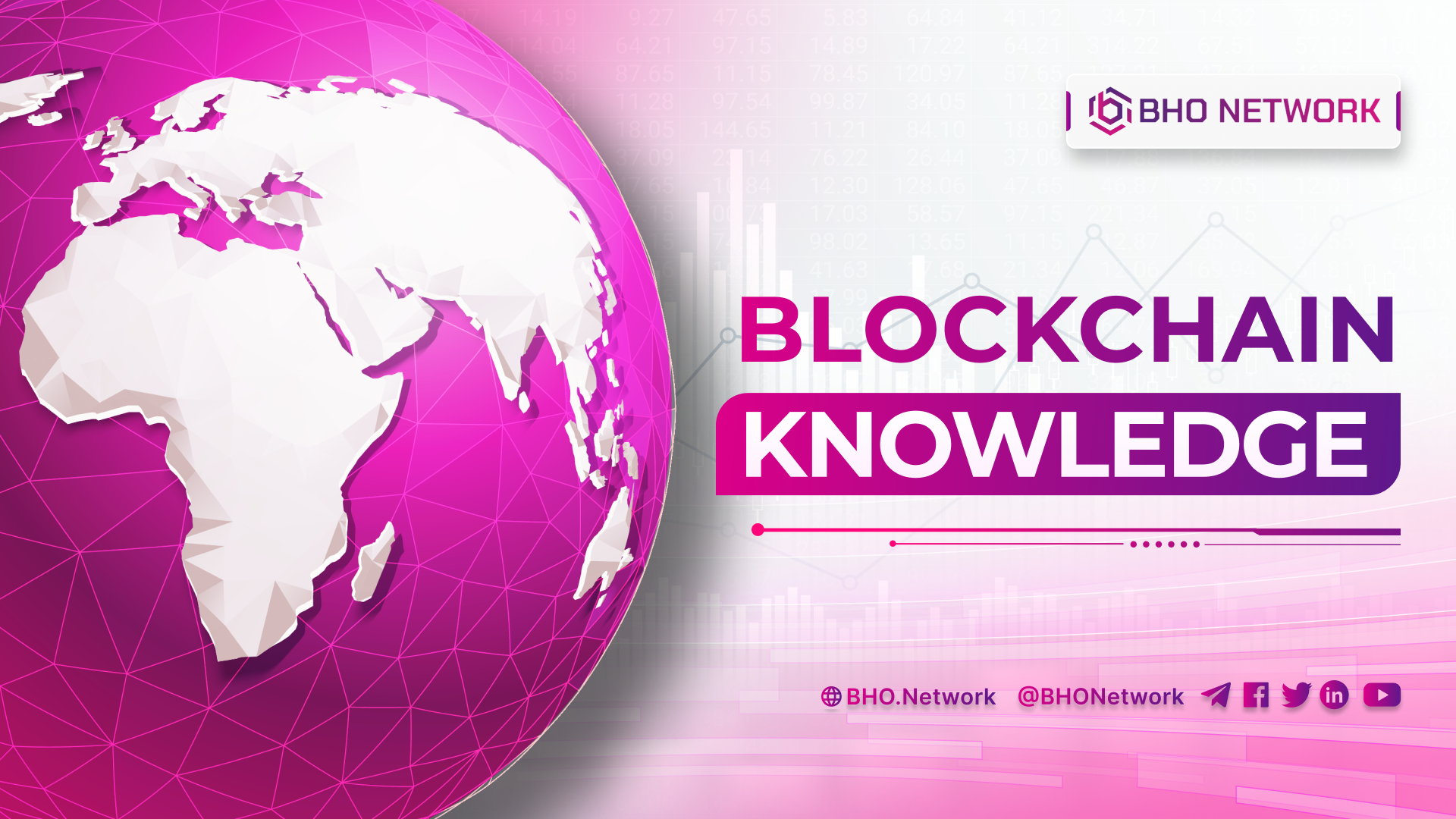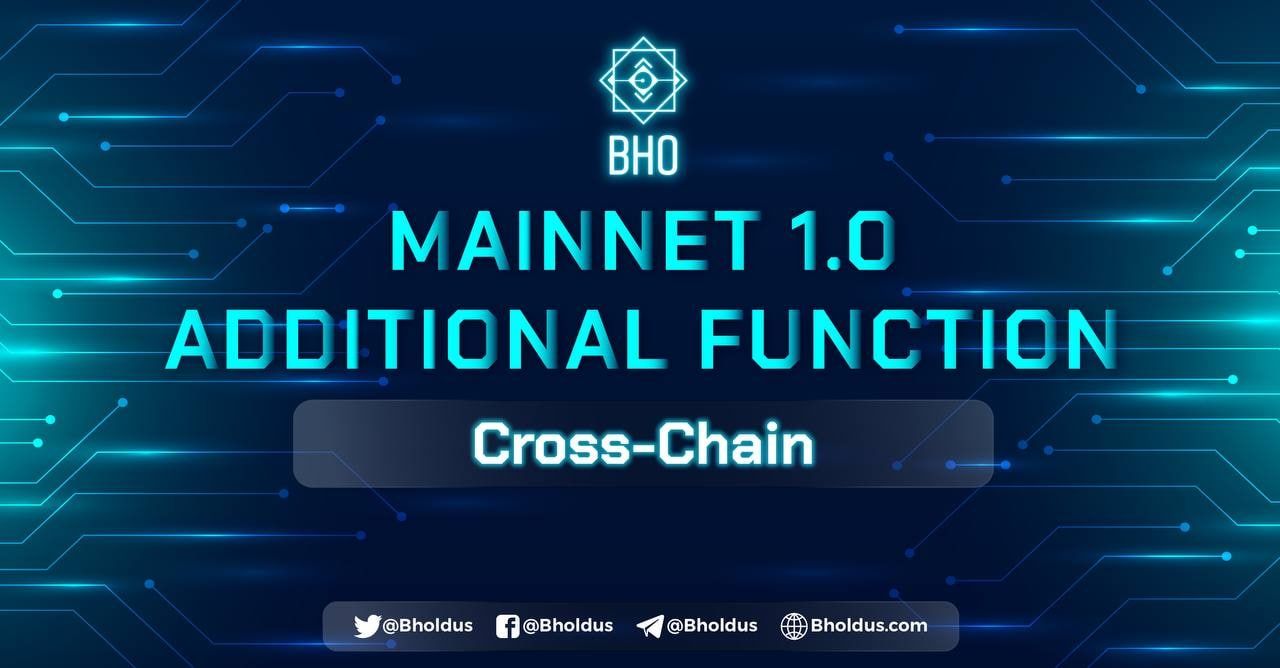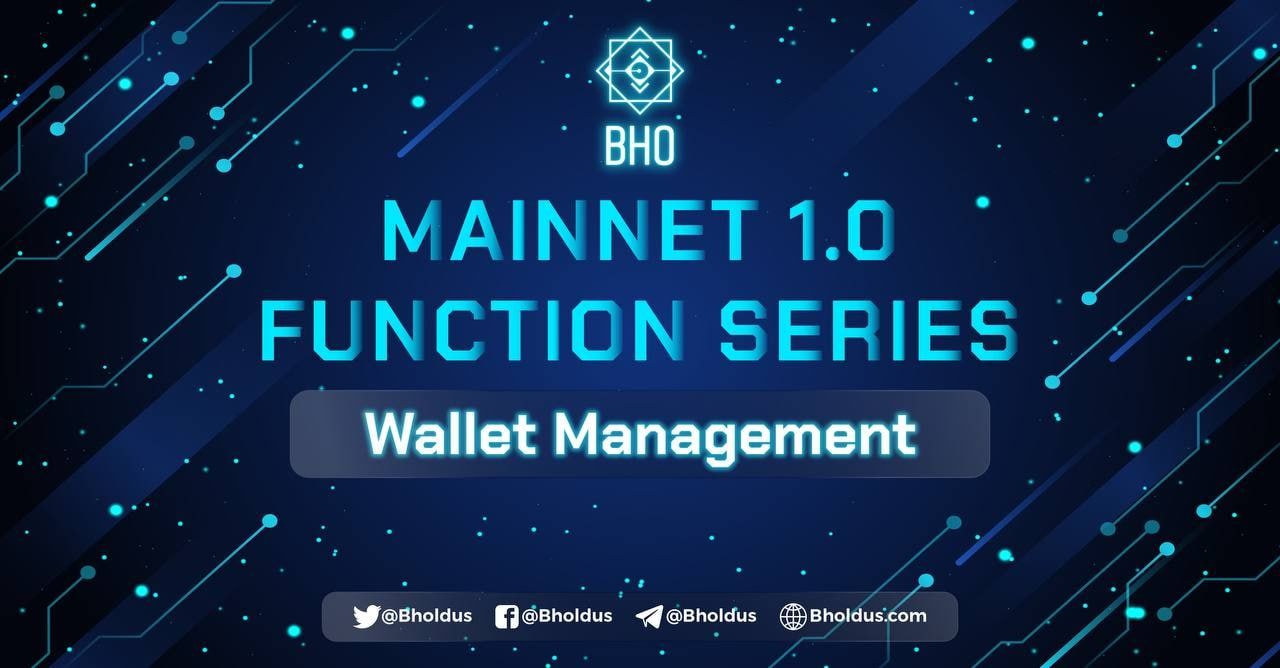- Blog
- Crypto News
- What is Sharding? Sharding's potential challenges and risks
What is Sharding? Sharding's potential challenges and risks
- 1. What is Sharding?
- 2. What problem does Sharding solve?
- 3. How does Sharding technology work?
- 4. Advantages and disadvantages of Sharding
- 5. Blockchain scaling problem
- 5.1 Expand to width
- 5.2 Horizontal scaling
- 6. Other Scaling Solutions
- 7. Why does Ethereum need Sharding?
- 8. Vision Ethereum 2.0 & What is Sharding Technology?
- 9. What are the challenges and risks of Sharding?
- 10. Classification of Sharding Technology
- 10.1 Network Sharding
- 10.2 State Sharding
- 10.3 Transaction Sharding
- 11. What is the future of Sharding
- 12. How Sharding Technology Helps the Blockchain
- 13. Sharding Technology - Solution to Scalability
What is Sharding? Sharding is considered a technology to help expand the Blockchain network. This is an issue that many investors are interested in. So what are the outstanding features, advantages and disadvantages of this technology? Please join BHO Network to learn more about this project in the article below!
1. What is Sharding?
Sharding is understood as the process of Sharding the database horizontally and vertically. This technology processes and stores data on multiple platforms for rapid transmission. With Blockchain, Sharding will split the network into many pieces. Each array is a separate section with independent state, smart contracts, and account data.
Therefore, Sharding technology has reduced the computational burden on each node. Since then, the transaction volume on the network has also been faster than before.
Currently, the Ethereum network owns a modest TPS of only about 15 TPS. As Ethereum grows, the number of users also increases, leading to the number of transactions making 15TPS / sec , causing network congestion and consuming a lot of costs. This forces users to spend a lot of time waiting. Sharding technology is considered the solution to the above problem.
2. What problem does Sharding solve?
Blockchain network has 3 characteristics called "impossibility triangle" when only 2 of the following problems of the platform can be solved:
- Scalability for synchronization: Blockchain can conduct more transactions than the verifiability of a node as usual.
- Decentralization: Blockchain can run without depending on any small group or centralized actors.
- Security: Blockchain can resist many participating nodes that want to attack the network.
However, current solutions only meet 2 of 3 characteristics of Blockchain. Specifically:
- Before the application of Sharding and PoS, Ethereum's Bitcoin or Litecoin often depended on users running a complete node to verify transactions, so it is secure and decentralized. However, the network lacks scalability.
- Blockchains with high TPS and small nodes from 10 to 100 can maintain mutual consensus. Participating users must trust most of these nodes. So scalability and safety are there but decentralization is lacking.
- The Multi-Chain ecosystem includes many applications and Cross-Chain protocols that will help the protocol exchange with each other. As a result, the network is scalable and decentralized; but lacks security. Hackers must attack less than 1% of the entire ecosystem to break the Blockchain.
3. How does Sharding technology work?
Vitalik Buterin created sharding technology to overcome the above disadvantages, through the following activities:
- Segment an extensive database into smaller pieces of the same format. Thereby sharing computing resources for the Blockchain network. Currently, Ethereum has more than 8,200 nodes with a continuous operation mechanism, each node in the network handles all activities.
- Sharding will proceed to translate the above model into a parallel processing model. All transactions are executed in parallel and at the same time on the nodes. From there, the workload is distributed, helping to increase transaction throughput. Nodes will only perform certain operations, not all functions like the old model.
- Sharding technology is implemented on the network using the PoS consensus mechanism - Proof of Stake. Nodes will conduct transactions based on the amount of Token Stake.The various shards and trades on the network will be allocated to the person who took it toSharding process.
- Sharding does not allow the network to use the Proof of Work consensus mechanism. Because nodes will have difficulty conducting transaction validation with the amount of information only on a piece instead of the entire network. Sharding will help nodes only need to store data related to their shards. From there, the network can scale.
- Nodes will know whether or not this transaction data has been made through the process of Shard Sharing. This is where the information of each piece is shared among the nodes and the participants can see the transactions without having to process or store all the information.
4. Advantages and disadvantages of Sharding
Sharding technology helps the Blockchain network to solve the problems that are limited but the project also has some disadvantages to overcome:
Advantages:
- Increase Blockchain scalability.
- Reduce the burden of transaction storage and processing for nodes.
- It works better with Blockchains that use the Proof of Stake consensus mechanism.
Cons:
- Difficulty for applications and databases if Sharding is not done correctly.
- Limitations when Blockchain applies Proof of Work consensus
- The issue of privacy and security is not clear that many investors are concerned about.
In addition to Sharding, many mechanisms and technologies are applied to Layer-2 such as State Channels or Rollups. These solutions mainly deal with off-network transactions, separate from the underlying Blockchain but still apply the main Blockchain's decentralised security model. Plasma or Sidechain is also secure and different from the underlying network.
Read more: What is Solidity? Everything you need to know about Solidity
5. Blockchain scaling problem
There are two ways to increase the transaction throughput of the Blockchain: Width Scalability (Vertical Scalability) and Horizontal Scalability (Horizontal Scalability):
5.1 Expand to width
For higher throughput, Blockchain requires nodes in the network to be extremely powerful and process faster and more transactions. That means users have to spend more on hardware. This is not suitable for general users. The project is ideal for individuals and organizations with solid finance and good technical background.
Both Solana and Internet Computer platforms have approached in this direction. Ordinary users cannot validate Blockchain on normal hardware. This is not necessarily bad, as this is suitable for specific applications that require high performance and consistent state. The downside is that it makes the transaction validation process less decentralized.
5.2 Horizontal scaling
Horizontal scaling is a way of dividing a system into shards (Shards). Each shard is responsible for performing a subset of the total work on the Blockchain. Each Validator will validate that single segment and several other segments.
This allows more users to participate in the authentication process, reducing requests for each shard. Overall, the horizontal scaling keeps transaction validation decentralized, but still expands the total throughput of the system.
6. Other Scaling Solutions
In addition to applying Sharding, many other Layer-2 solutions have also been born to address the characteristics of shards. Blockchain includes Rollup and State Channels. These technologies essentially process transactions off-chain (Off-Chain), completely separate from the network's base layer but still taking advantage of the network's decentralized security model.
In addition, other solutions have a separate security mechanism from the underlying network such as Sidechain and Plasma.
7. Why does Ethereum need Sharding?
Sharding can make running full nodes easier. According to block miner Etherscan, full Ethereum nodes take up at least 5 Terabytes of space, about 10 times more than the capacity of an average computer. These nodes will only grow larger and harder to run over time as more users join the platform.
8. Vision Ethereum 2.0 & What is Sharding Technology?
The core problem of Ethereum is how to be able to handle more transactions per second while maintaining the decentralization and security of the network. This is a challenging problem, and Ethereum developers have been thinking about this for years.
Scaling the system horizontally is the best solution to this problem. It is using Sharding technology - an arbitrarily fragmented Smart Contract platform. This is the vision of Ethereum 2.0.
Ethereum 2.0 is one of the rather complex approaches to scaling for the Ethereum Network. The project requires a lot of design and implementation effort. However, if successfully implemented, Ethereum 2.0 will likely be one of the most effective. The protocol will help increase the transaction throughput of Ethereum by order of magnitude.
Sharding is one of the core technologies of Ethereum 2.0. In Ethereum 1.0, each node only stores one copy of the entire Ethereum Blockchain. Whenever the network is expanded, the nodes have to update. This consumes system bandwidth and memory.
With Sharding, Ethereum will be divided into many pieces. Each shard will handle its transactions and contracts. However, the shards can still communicate back and forth with other shards. Since every authentication shard is independent, storing data from other shards is no longer necessary.
9. What are the challenges and risks of Sharding?
Sharding is the solution to Scalability Trilemma, but the technology presents another problem for Ethereum and its developers. Due to Sharding split Ethereum into many pieces. Each shard does its own thing, DeFi protocols tend to cluster on the same shard to benefit from synergies. This results in an increase in Gas Fee on some shards.
Protocols on different fragments that want to communicate with each other will have to use another interaction protocol. Therefore, the interaction between two protocols in the same fragment will be more complicated. Some pieces (Shard) will be very busy, like the population division between urban and rural areas.
Besides, Sharding can also bring some potential risks to the network. The project allows Hackers to destroy a thriving ecosystem by attacking any network piece. If a hacker takes over the fragment, it will cause a Domino effect that will negatively affect the Token price, many users, and the nodes on the shard.
Read more: What is Lending? How does Lending work?
10. Classification of Sharding Technology
In technology, an increase in computing power means an increase in the number of Blockchain segments. Sharding used on Blockchain networks can be divided into 3 categories as follows:
10.1 Network Sharding
Once a block is added, protocols need to communicate with each other to validate the new block. While this can guarantee the accuracy of transactions, it also quickly leads to shortcomings related to the irreplaceable Blockchain structure.
Therefore, the first step of Sharding is to split the Blockchain network, based on minimizing communication with each other. Each shard will process transactions on the chain. Miners are randomly grouped and work will be assigned to each pool of miners for independent verification.
10.2 State Sharding
State Sharding means assigning Blockchain data to different shards. As a result, reducing the storage burden of nodes. Compared to the other two sharding mechanisms, allocating state to shards is the hardest.
10.3 Transaction Sharding
Transaction Sharding deals with which transactions should be allocated to which shards. Then the difference in the ledger model of the Blockchain will impact the Sharding transaction.
11. What is the future of Sharding
The future of Sharding technology is quite bright. A wide range of trusted projects have worked on and are using Sharding. One of the first platforms to adopt Sharding was Zilliqa.network Zilliqa was able to reach more than 2,800 transactions per second.
The Cardano network recently released a scalable solution called the Hydra protocol. Each fragment of the Hydra protocol can handle about 1,000 TPS. As a result, the Cardano blockchain can achieve a transaction throughput of 1 million transactions per second.
Ethereum 2.0 protocol, Facebook's Libra, famous Telegram open network and many other notable projects are working hard to bring the future to today. Sharding is an essential part of the future of projects.
12. How Sharding Technology Helps the Blockchain
Mass-adopted implementation of Sharding in Blockchain is likely to become a reality. Because decentralized technology is too complicated for ordinary users. Therefore, Blockchain developers are always trying their best to bring complex technological solutions into a user-friendly form.
As a result, decentralized applications (dApps) look natural and are pretty simple to users regarding visual experience. However, one of the significant obstacles to mass adoption is the speed of transactions that take a lot of time.
When implemented in a Blockchain, Sharding technology distributes the network load between shards. As a result, transaction speeds can dramatically increase, providing better throughput and attracting new users.
Ethereum 2.0 is expected to solve the scalability issues by implementing a sharding solution into the network. The Ethereum blockchain also plans to move to a PoS consensus protocol to make Sharding implementation possible and efficient.
Ethereum 2.0 consists of 64 equal shards and can process concurrent transactions. All 64 pieces are fastened to the main chain forming the Merkle tree. Ethereum 2.0 can execute up to 100,000 transactions per second by spreading between shards.
13. Sharding Technology - Solution to Scalability
Sharding What is Blockchain? Sharding is partitioning, separating large databases into smaller, faster chunks known as Shards. A Shard is just a tiny part of a larger partition.
The Ethereum network will be split into thousands of Shards. The Ethereum community is trying to eliminate the requirement that transactions be checked by all nodes throughout the system when doing Sharding. Then, Sharding will allow thousands of transactions per second without going through all the nodes. This will significantly reduce the overall size.
Since nodes have dependencies rather than independence, security is uncertain. This is the sacrifice of safety to increase the scalability of the network. When a particular node requests information not stored in its Shard, the protocol looks for information in other blocks. This is a mechanism for Shards to exchange information with each other.
Sharding is a very viable approach to solving Blockchain scalability problem. However, this technology is not without its drawbacks. Due to the structure of the Shard, the protocol can quickly lose the security of the Blockchain. This is also one of the reasons behind Ethereum's move to Proof-Of-Stake.
Related posts:
- What is Coin Mining? How does Coin Mining work?
- What is Hold Coin? How to optimize profit when Hold Coin?
The article has provided you with helpful information about what is Sharding. This technology is a new application for blockchain expansion today. Follow BHO Network for more updates on the platform's latest news in the future!
Published on August 11, 2022
Tagged topics







